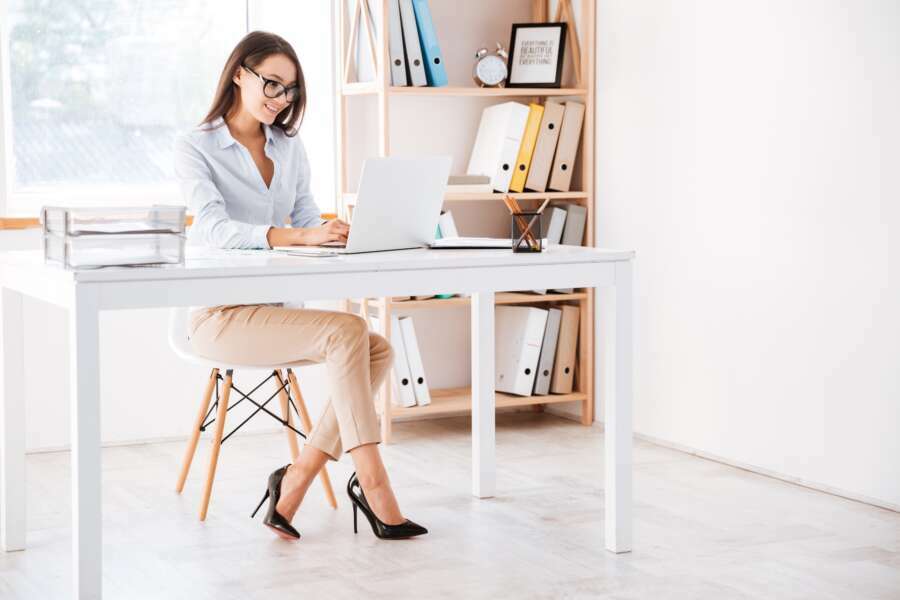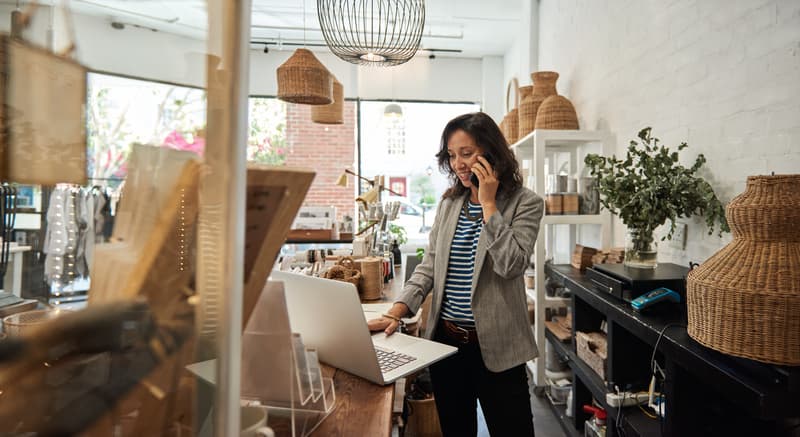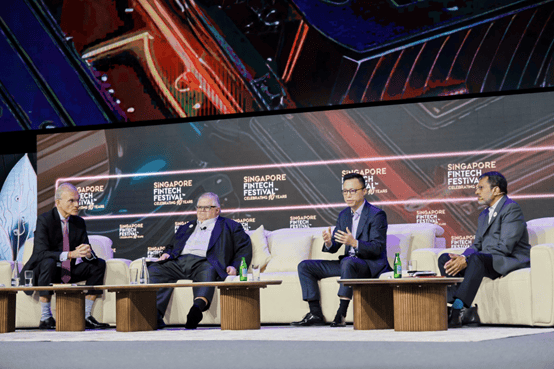
By: Richard Clarke, Partner at commercial property specialists, Matthews & Goodman
One of the lasting legacies of COVID is the realisation that work is not a destination, but something you do – in an office, at home, in a café, in the car, anywhere.
During lockdown, employees and employers started to think that WFH (working from home) was the only logical way forward.

Richard Clarke, Partner, Matthews & Goodman
Employees spoke enthusiastically about an improved life-work balance: that not commuting was better for the pocket, better for the environment, better for parenting and partners and a far more efficient use of their time.
Employers thought they could use COVID’s evolutionary disruption to rethink how they did business. They realised that if employees worked from home, they would not need such a big workplace, plus their running costs (utilities, refreshments, etc) would be reduced whilst top line/profits would increase.
But then reality reared its head.
Working from an ironing board ‘desk’, in a room you shared with your bed no longer seemed an enticing prospect. The lack of high-speed network connections (particularly in non-city locations) started to impact phone reception and downloading speeds and competing for bandwidth with other WFHers, children accessing their digital curriculum and the odd ‘gamer’ started to get stressful.
Add to that mix a deep sense of isolation for many (mainly young) people who were denied the banter and company of work peers, which led to the emergence of mental wellbeing issues. However, despite this, Mathews & Goodman’s recent workplace survey concluded that almost 45% of respondents would prefer a mixture of WFH and at the office.
Managing the workplace
Hence the emergence of ‘Hybrid Working’. Now the talk is of the “3:2” or “2:3” models – either three days in the office and two at home, or vice-versa. Hybrid working has redefined the working in the office experience, in four specific areas:
- Purpose
- The role of the workplace has changed
- People now tend to view their office time as an opportunity for client/team meetings, training sessions, collaboration with colleagues and partners, as well as a chance to meet with and enjoy the company of colleagues – ie escape the WFH trap
- Workspace
- How we use the workplace has evolved and the concept of settings is championed by workspace specialists Burtt-Jones & Brewer:
- ‘Primary‘ Settings’: desks used all day, by one person
- ‘Secondary Settings’: workstations for those who drop in and need a desk for half a day or less
- ‘Tertiary Settings’: for those who ‘pop-in’ for 30-60 minutes and just need a touch down space
- More meeting rooms and collaboration areas
- More quiet zones for reflective/creative work
- Fewer people in the office at any one time means that fewer Primary Setting desks are needed – replaced by Secondary and Tertiary Setting desks
- Brand and culture requirements of the workplace remain unchanged – ‘what does our workplace say about us to our clients, prospective talent and partners?’
- How we use the workplace has evolved and the concept of settings is championed by workspace specialists Burtt-Jones & Brewer:
- Wellbeing issues
- Matthews & Goodman’s recent workplace survey concluded that almost 50% of respondents were concerned about sharing their workplace with a sick person and 40% were concerned about shared surfaces in the office (such as doorknobs, keyboards and touchscreens). Hence the greater focus on physical distancing, deeper cleaning of the workplace and better natural and mechanical ventilation at work
- After a long and unprecedented period of quarantining, employers have started to create a more favourable mental wellbeing work-environment. Strategies adopted by employers include:
- A greater focus on colour and use of natural materials (stone, wood, etc) throughout the office
- The introduction of more ‘biophilic’ (ie plants) features
- Replacing artificial lights with circadian/natural-light lightbulbs
- Reimagining offices to optimise the use of windows and natural light
- Considering how elevations can be introduced into the workspace to counter the visual monotony of one plane floor spaces
- Creating more communal meeting and collaboration issues
- Brand
- Another COVID legacy is the redefinition of aspirations – what do people actually want of their working lives: how do they optimise their work life. Recent data suggests that people are willing to swop their city homes for a longer commute from a greener location, which also includes larger accommodation – almost 74,000 Londoners purchased homes outside the capital in 2020 and about 550,000 people left London between 2009-2019 than moved to the city
- The 3:2/2:3 models are catalysts for this – it is cheaper and more pleasant to commute into cities, than to live in them
- Therefore, the workplace experience becomes more critical when developing strategies to attract and retain ‘talent’
- A workplace which reflects a company’s brand, culture and aspirations has become even more important than it ever was before lockdown – and we are not just talking about chocolate fountains in reception and playground slides connecting floors.
As businesses try to build back better productivity is no longer the only driver in a hybrid working world. The ‘work experience’ is now a critical factor in motivating talent to stay and to be more productive.
Flexible office solutions
Combining the (psychological) premium now placed on face-to-face meetings, as opposed to Team and Zoom sessions, with employees’ fear of and/or desire not to commute using public transport, some companies have started to develop a new workplace model. A number have started to relocate their head office to smaller, more impressive premises in a more prestigious area and, to meet employees’ desire to minimise time spent on commuting on public transport, have opted opened small local/regional ‘hubs’ for client and team meetings, to which employees can drive, cycle or walk to, to escape the beartraps of WFH.
Another hybrid working option is to include the flexibility of Serviced Offices in a company’s office mix. The advantages of this is that serviced Offices enable companies to combine the flexibility of small suite of offices, with the option to book meeting rooms by the hours, with an attractive workplace environment which includes smart contemporary furniture and décor (you do not have to buy), fast broadband connectivity and the buzz of working in a vivacious, youthful environment.
Selecting the best workplace-mix to suit your budget, your strategic and commercial objectives and your occupational requirements can be daunting, time consuming and difficult to appraise (in terms of balancing costs, benefits and functionality), but it’s not impossible.
Informed property decisions
To do it well the senior management team really should engage with proven property professionals – the only guarantee to ensure that they will be able to make informed decisions about the most appropriate hybrid model for their company. A decision which optimises the investment in creating it, whilst minimising all costs and liabilities.
The workplace is historically a company’s second largest single business outgoing, that is why making an informed decision is so vital when weighing up budgetary issues, as well as the health and wellbeing of employees.


